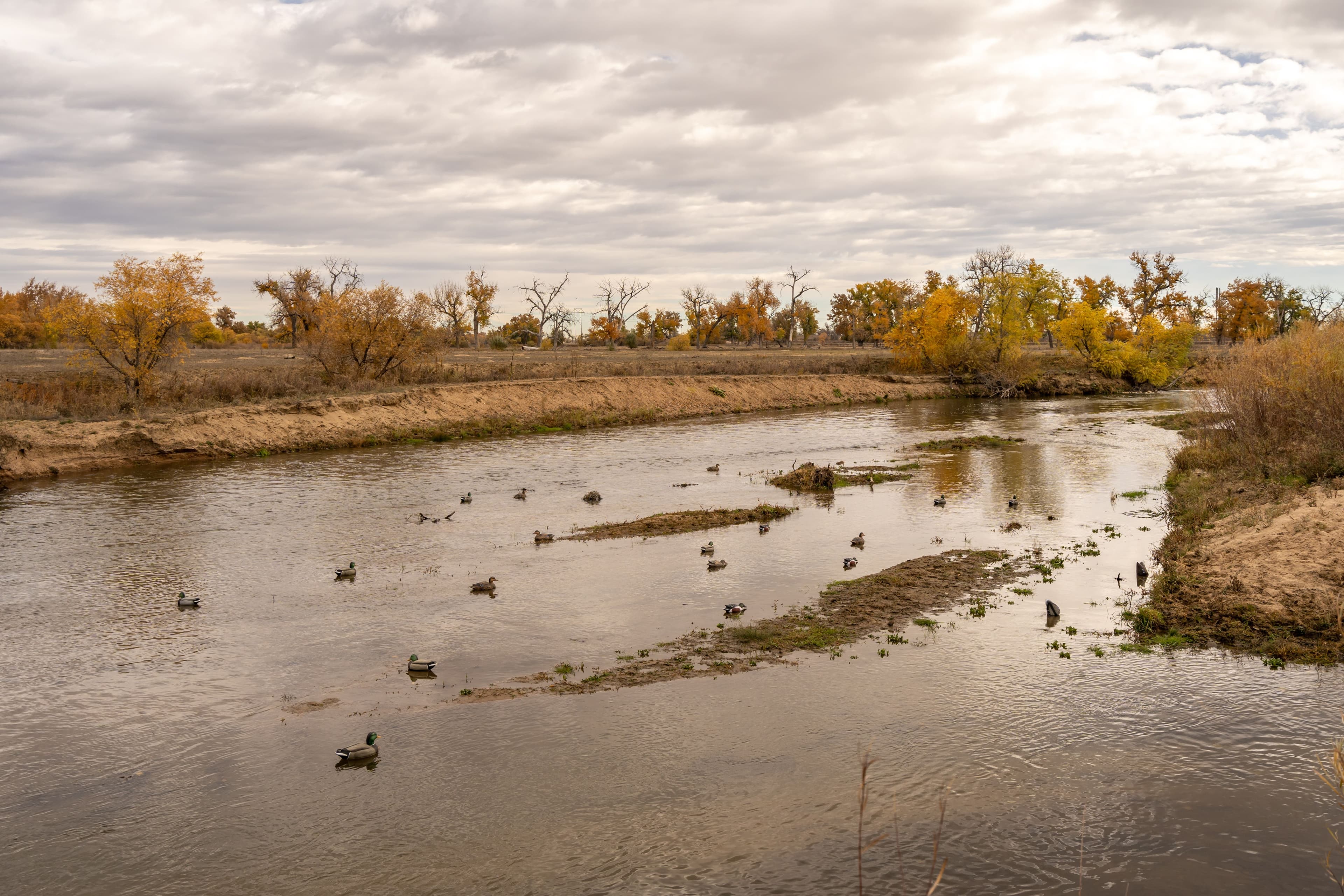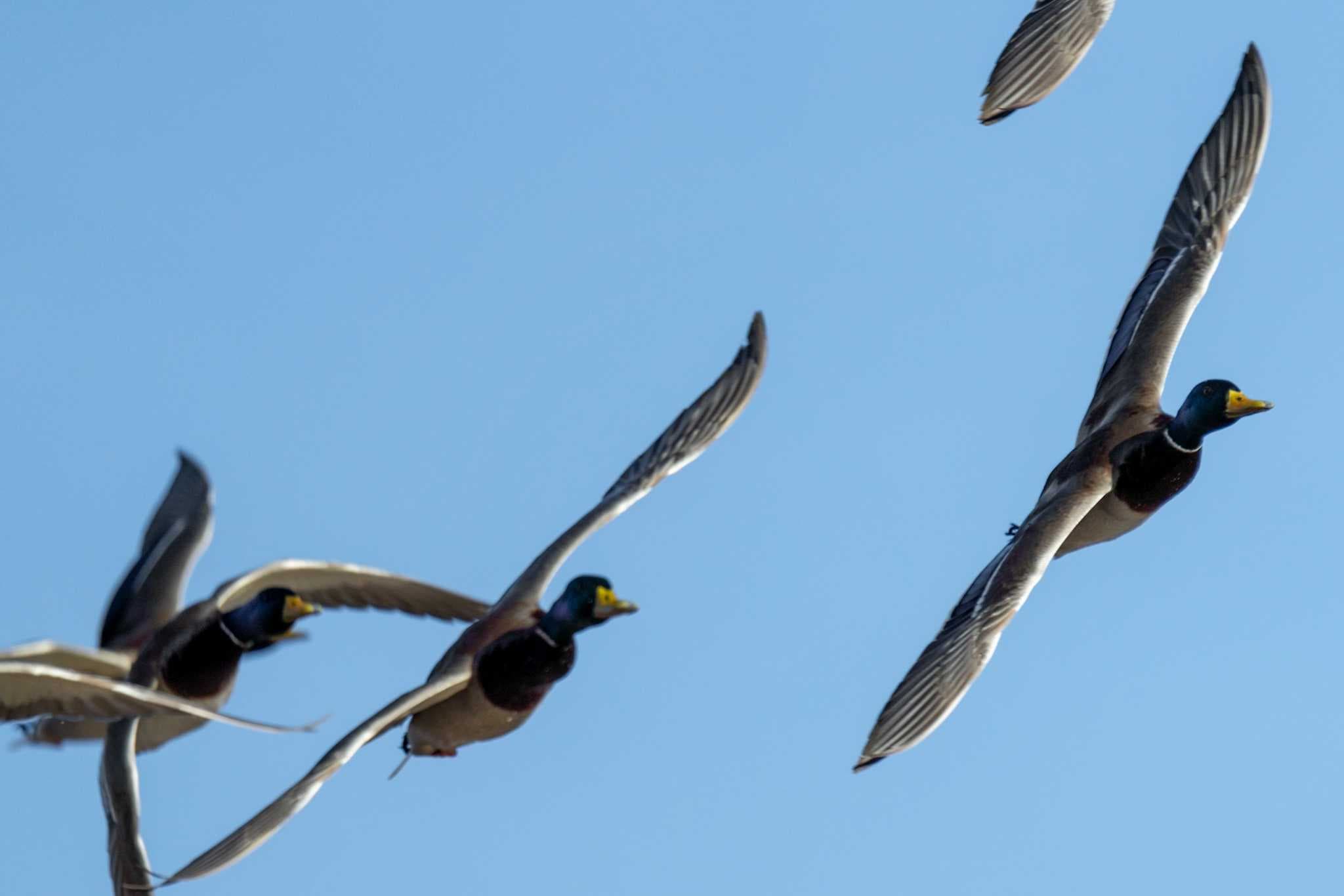Waterfowl on Private Land: Unlocking Hidden Wetlands Through Infinite Outdoors


Justin Hunold
01/01/1970
There's a kind of morning that only waterfowlers truly know. One that smells of frozen cattails and silt-stained wind. A morning when the sky bruises with the first hints of light and somewhere, over a private wetland you'd never have known existed, a flight of mallards cupped into your spread like they were drawn down by memory.
It’s on these secret mornings, hunting water you didn't grow up near, that the Infinite Outdoors app shines like an old dog’s eyes in the pre-dawn. Quietly, reliably, it delivers the kind of access that used to require a handshake, a cousin, or dumb luck.
The Private Water Advantage
Public land hunting has its own charm, earned success and shared tradition, but pressure is real and birds grow wary. The real gem lies in low-pressure private wetlands. Thanks to Infinite Outdoors, DIY waterfowlers can tap into overlooked marshes, irrigation ditches, and cattail holes with just a few taps.
Privately Managed Wetlands with Little Hunting Pressure These lands are off the beaten path—tucked behind ranch roads or nestled in ag fields where the average hunter never treads. Birds resting here haven’t been harassed daily, making them more responsive to modest decoy spreads and subtle calling. Less pressure means more natural movement, and that can make all the difference when it comes to working ducks in close.

Real-Time Property Details and Maps Every parcel listed through Infinite Outdoors comes equipped with property maps, habitat descriptions, and access instructions. You're not heading in blind. You’ll know if you’re walking into a cattail marsh, flooded millet, or an oxbow bend on a prairie creek. This kind of transparency lets you scout digitally before boots ever hit the ground.
Landowner Rules and Boundaries Upfront Respect is the currency of all good hunting. With clearly stated landowner expectations, property lines, and access rules visible right in the app, there’s no confusion or gray area. You’re not knocking on doors, wondering if a fence line is legal. You’re walking in with purpose and permission—like it ought to be.
You're not guessing. You're not hoping. You're hunting.
Decoy Spreads That Work on Private Wetlands
Small Water = Small Spreads On tight water—like cattle ponds, irrigation cuts, and beaver sloughs—less is more. You don’t need to fill the water. A simple setup with intention often outperforms a massive spread. Keep it clean, believable, and responsive to how birds are behaving that day.
Early Season Tip: Start Modest and Smart Six to twelve decoys—mostly mallards with a splash of teal—is usually enough to draw in early migrants. Birds haven’t been pressured yet, and realism outweighs quantity. Use a motion decoy sparingly, ideally mid-morning when wind dies. Let the natural soundscape and visibility do most of the calling for you.

Avoid Overcalling In early season hunts, the temptation to lean on your call can backfire. A quiet confidence in your decoys and location can often do more than a hail call ever could. Observe the ducks, mimic them softly, and allow the setting to close the deal.
Late Season Tip: Ramp It Up As the season deepens and ducks wise up, you’ll want to expand your spread—18 to 24 decoys with a heavier presence of drakes to reflect winter plumage. Toss in a few wigeon, gadwall, or pintail decoys to add realism. Variety speaks louder than volume.
Mind the Wind Always factor wind into your decoy placement. Even if it shifts during the hunt, keep landing pockets open and give ducks a clear approach path. Adjust your shooting lane, not the whole spread, if necessary.
Pro Move: Off-Pod Pairing Place a pair of decoys 10-15 yards off from your main pod to simulate a couple that’s broken off to feed or loaf alone. This tiny detail mimics real bird behavior and often triggers commitment from wary groups circling overhead.
Gear Essentials for the DIY Duck Hunter
Waders-Choose breathable chest waders with insulated boots that can take you through water, pasture, and frozen grass without fail. Neoprene has its place, especially in the dead of winter, but for most hunts, breathables offer greater comfort and versatility. If you’re covering distance on foot, light and flexible is the way to go.
Shotgun-A reliable 12 or 20 gauge shotgun is your workhorse. Whether it’s a weather-worn pump or a smooth cycling semi-auto, pattern it with your chosen load before the season starts. Knowing how your gun throws steel at 30 yards is a detail most overlook—but it’s often the difference between a clean drop and a miss.
Ammo-Steel #2s or #3s are a dependable duck load, offering good reach without tearing birds apart at close range. If you expect mixed bags—say teal and mallards, or the odd goose—bismuth is worth the extra cost. It patterns well and hits clean without the harsh impact of tungsten.
Blind Bag Essentials-Pack light, but smart. Keep a reliable duck call, extra gloves (preferably waterproof), a flashlight or headlamp, and a thermos of something hot within arm’s reach. Always carry more shells than you think you'll need, and a multitool or knife can fix a decoy rig or help field-dress a bird in a pinch.
Layout Options-Marsh stools, collapsible chairs, or even a ghillie wrap can transform your hide without dragging in bulky gear. If you hunt solo, every ounce counts. Look for packable solutions that let you adapt to each water hole without overcommitting to a blind structure.
Don’t Forget These
Waterproof Phone CaseYour phone is your map, your booking system, and your safety net. Keeping it dry is non-negotiable when hunting in slush and mist. A rugged case with a lanyard keeps it accessible but safe.
Offline Map DownloadsAlways pre-download your property maps via the Infinite Outdoors app or OnX before heading out. Even if reception dies in a cattail tunnel, you’ll still have what you need to navigate and stay legal.
Dry Bag or Game StrapCarrying birds loose in a blind bag ruins gear and slows you down. Use a proper strap or a dedicated dry bag to keep things clean and organized, especially on hikes out where balance and load distribution matter.
Tactics to Live By
Hunt Crosswind EdgesBirds often flirt the margins before committing. Setting up along crosswind edges puts you in the travel lane, not the runway. Watch where they want to go—and be there before they get there.
Arrive Early, Leave No TraceThere’s a code among duck hunters, and it starts with stewardship. Get in early, before the marsh stirs, and leave it cleaner than you found it. Pick up spent shells, avoid trampling shoreline vegetation, and don’t cut shooting lanes unless it’s absolutely necessary.
Use What the Marsh Gives YouCattails, tumbleweeds, driftwood—these aren’t obstacles, they’re tools. Use what’s natural and already in place. The less you introduce, the more you disappear.
Stay MobileBirds don’t read your plans. If a hole is cold, pack light enough to walk, scout, and reset elsewhere. Many great hunts happen 300 yards from your first idea. Adaptability isn’t just useful—it’s deadly.

Final Thoughts
There’s something deeply personal about finding your own duck hole. It’s not passed down. It’s earned. And with Infinite Outdoors, you don’t need to own land or know a guy—you just need the will to explore and the heart to do it right.
Because somewhere, on a slough tucked behind a farm road in Nebraska or a seep-fed pond in Wyoming, the sky will gray and a pair of greenheads will cup wide into your decoys. And for that moment, it’ll all feel like it’s yours alone.